Teaching Year 2 students how to recognise, name, and manage big emotions is a crucial part of their development. But what is a good text to teach both reading comprehension and emotions for Year 2? One standout choice is The Shouting Girl by Steven Huynh. A rich, relatable story that explores what happens when feelings are too big to contain, and how children can learn respectful ways to express them.
About the Book
The Shouting Girl follows Kim, a young girl who struggles to express herself calmly. When she feels misunderstood or unheard, she often shouts. Over time, Kim learns to reflect on her feelings and begins to find better ways to manage them. Set in a classroom, the story introduces familiar scenarios and safe spaces like calm corners, which support students’ ability to self-regulate and seek help when overwhelmed.
With poetic language, expressive illustrations, and rhythmic sound devices, the book invites close analysis of how language and imagery convey emotion. It’s a perfect fit for teaching both reading comprehension and emotions for kids in a classroom setting.
Why The Shouting Girl Is a Chosen Text
When choosing a story for a reading unit, we look for texts that align with cross-curriculum goals, support strategic reading (e.g., inference), and promote meaningful discussions. The Shouting Girl meets these criteria and more.
Deep Character Exploration
Kim’s character is shaped by a variety of emotional states: anger, sadness, reflection, and growth. These transitions offer valuable opportunities for students to infer, “Who is Kim really?” beyond her loud behaviour. By exploring her emotional responses, students build empathy and a deeper understanding of character motivation.
Strong Curriculum Links with Health & PE
The story aligns closely with the Australian Curriculum (Health & PE):
- AC9HP2P01: Exploring different perspectives and developing empathy
- AC9HP2P02: Expressing feelings in respectful ways
- AC9HP2P03: Recognising and expressing emotions appropriately
- AC9HP2P05: Recognising safe spaces and seeking support
Text Features
The book lends itself well to various reading strategies and classroom discussions. More features are available in Teachers Notes.
Main Themes
Key themes include exclusion, frustration, teaching your child to identify and express emotions, and the role of calm-down spaces in managing stress. These resonate strongly with students navigating peer dynamics at school.
Characters
Kim and her classmate Jim present contrasting emotional responses. One external and loud, the other quieter and internal. This contrast provides space to discuss what’s helpful or unhelpful, and encourages students to reflect on their own coping strategies.
Setting
The classroom backdrop is instantly familiar to children, making it easy to connect with the story. Calm corners, green boxes, and quiet areas can be linked directly to the classroom routines already in place or introduced through emotion activities.
Language Features
The author uses repetition, sound words, and rhythm to create emotional intensity. Students can explore how devices like a list of three or similes enhance the storytelling. These discussions deepen their understanding of how language conveys feeling and tone.
Open Ending
The story finishes with an open question, “What should I do the next time I feel mad?” prompting students to share their own emotional skills and strategies. It’s a powerful way to encourage self-reflection and build classroom belonging.
Teaching Big Emotions in a Reading Unit
In the early years, students are just beginning to understand their emotional experiences. Without support, feelings like anger, frustration, or sadness can result in outbursts or social difficulties. Explicitly teaching students to name their emotions (using a list of emotions for kids), and giving them appropriate outlets to express those feelings, strengthens their emotional intelligence. It also supports positive classroom behaviour, friendships, and learning engagement through various emotion activities.
Through relatable characters, classroom settings, and thoughtful language, the text also supports reading comprehension activities for Year 2, this book offers a powerful blend of literacy learning and emotional skills.
Unit Outcomes
By the end of the unit, students will be able to:
- Identify signs of emotional dysregulation using character reactions, language, and facial expressions
- Describe actions that were helpful or unhelpful and relate them to real-life strategies
- Demonstrate empathy by exploring underlying emotions and character growth
- Justify their opinions using examples from the text and personal experiences
The Shouting Girl is more than just a story, it’s an entry point for exploring emotions for kids in an age-appropriate and meaningful way through storytelling.




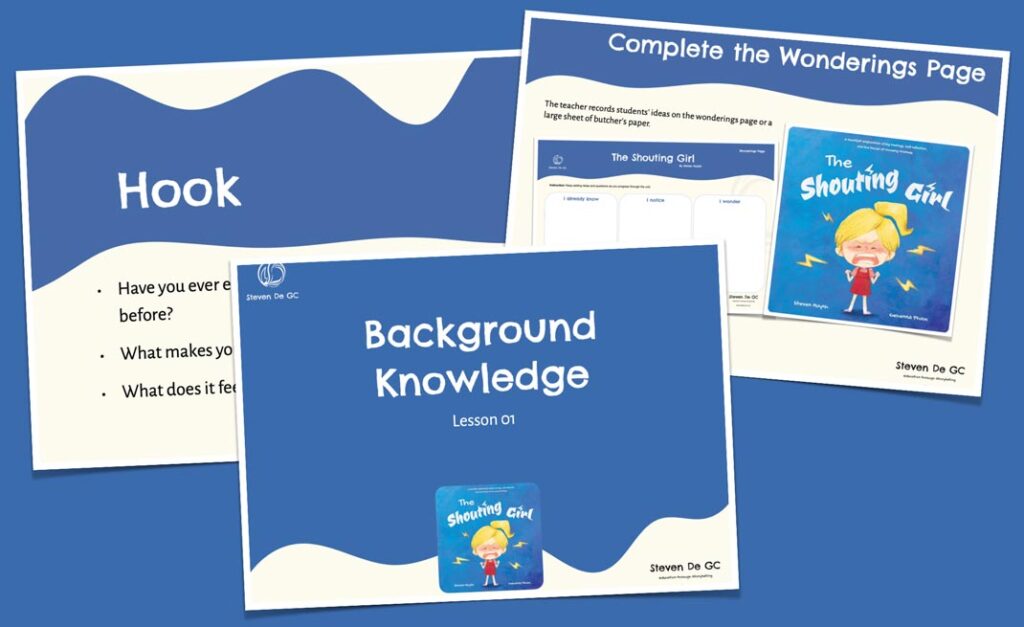
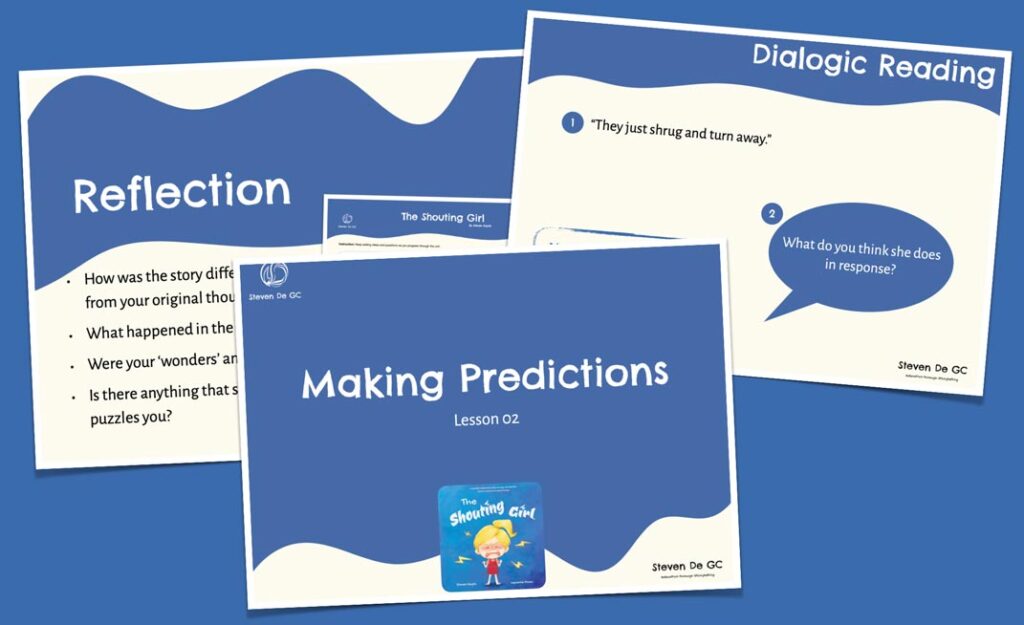
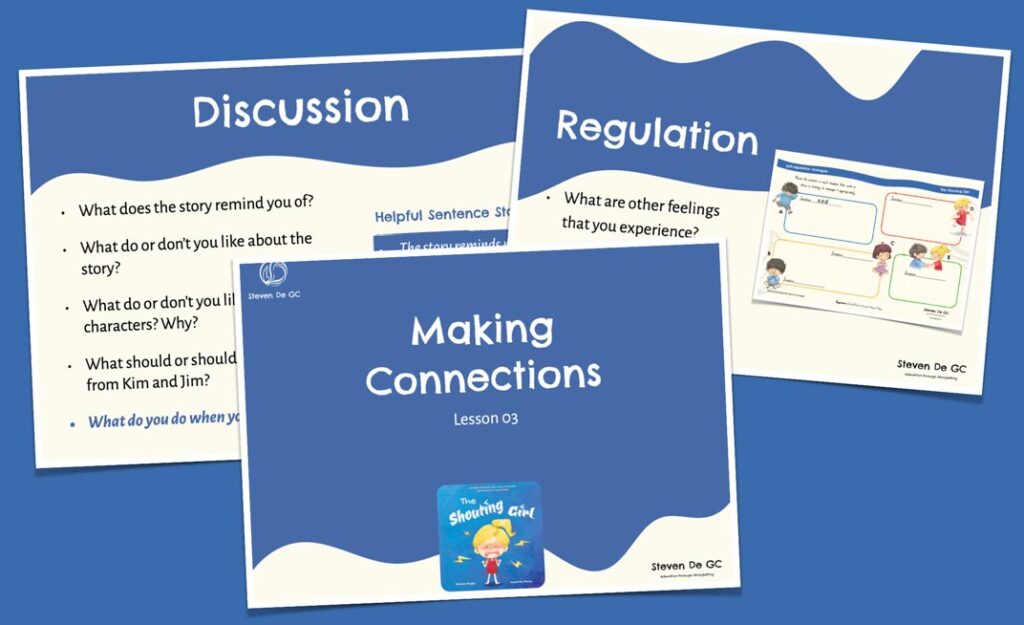
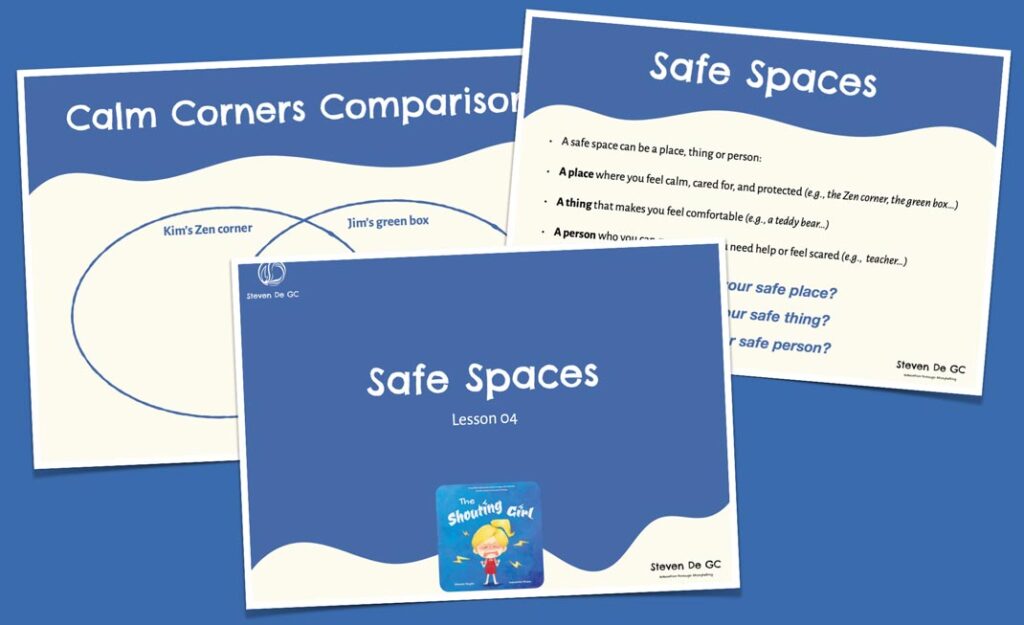

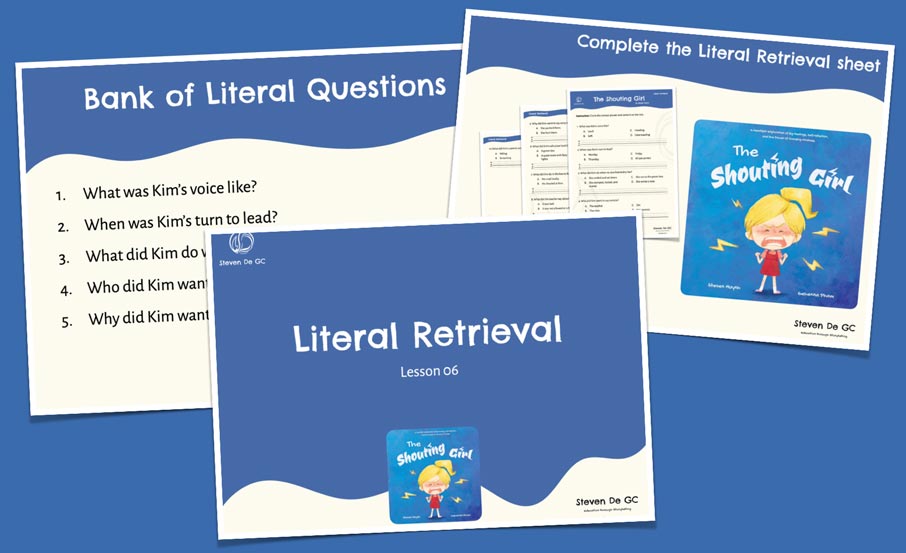
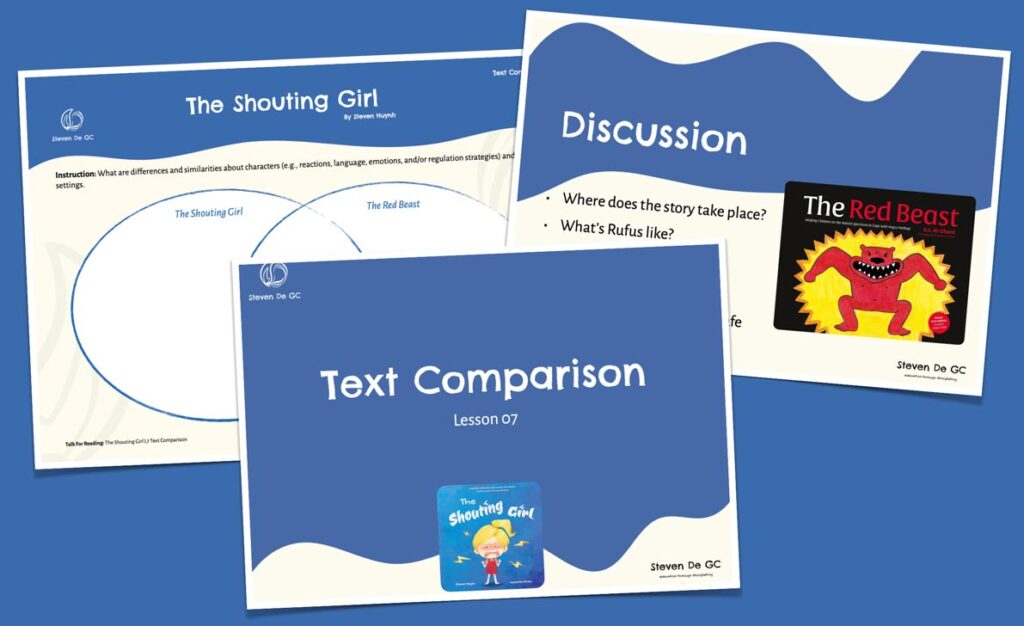
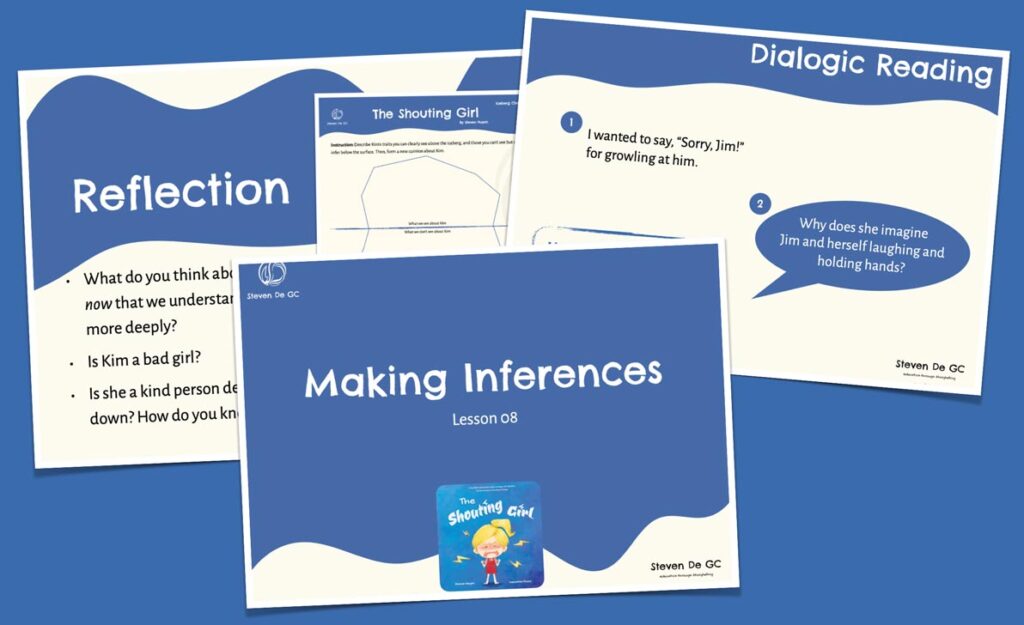





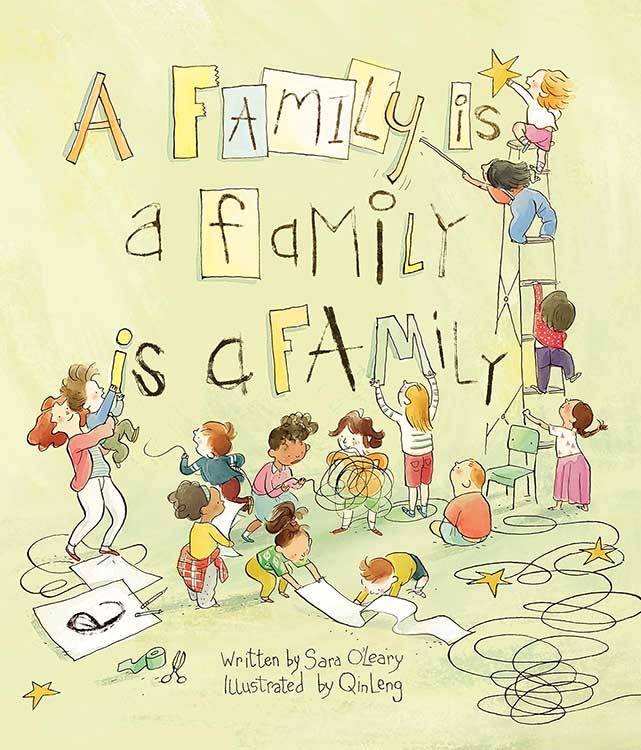

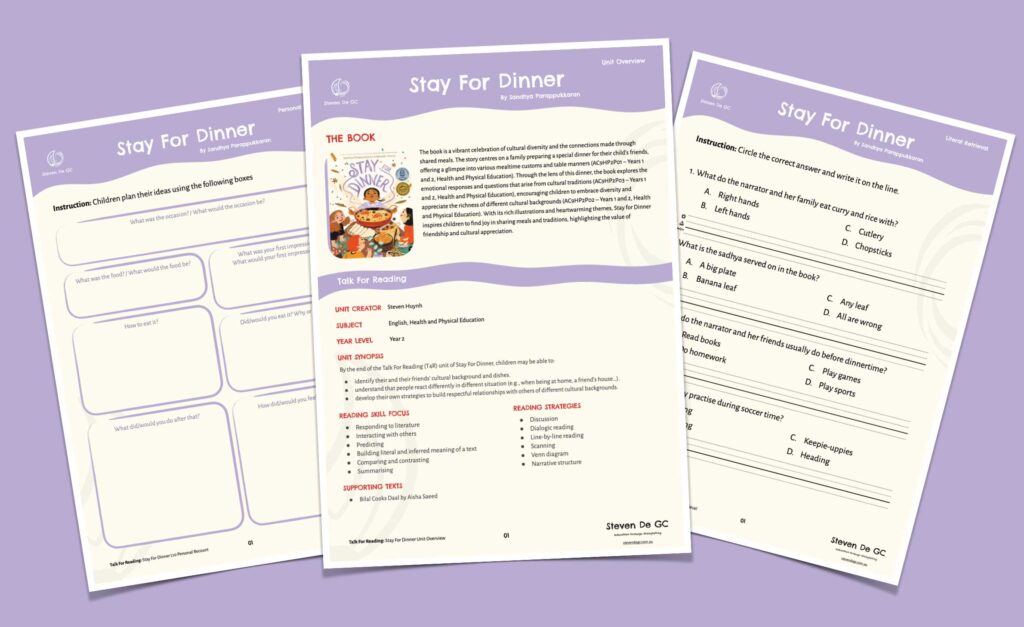
Leave a Reply